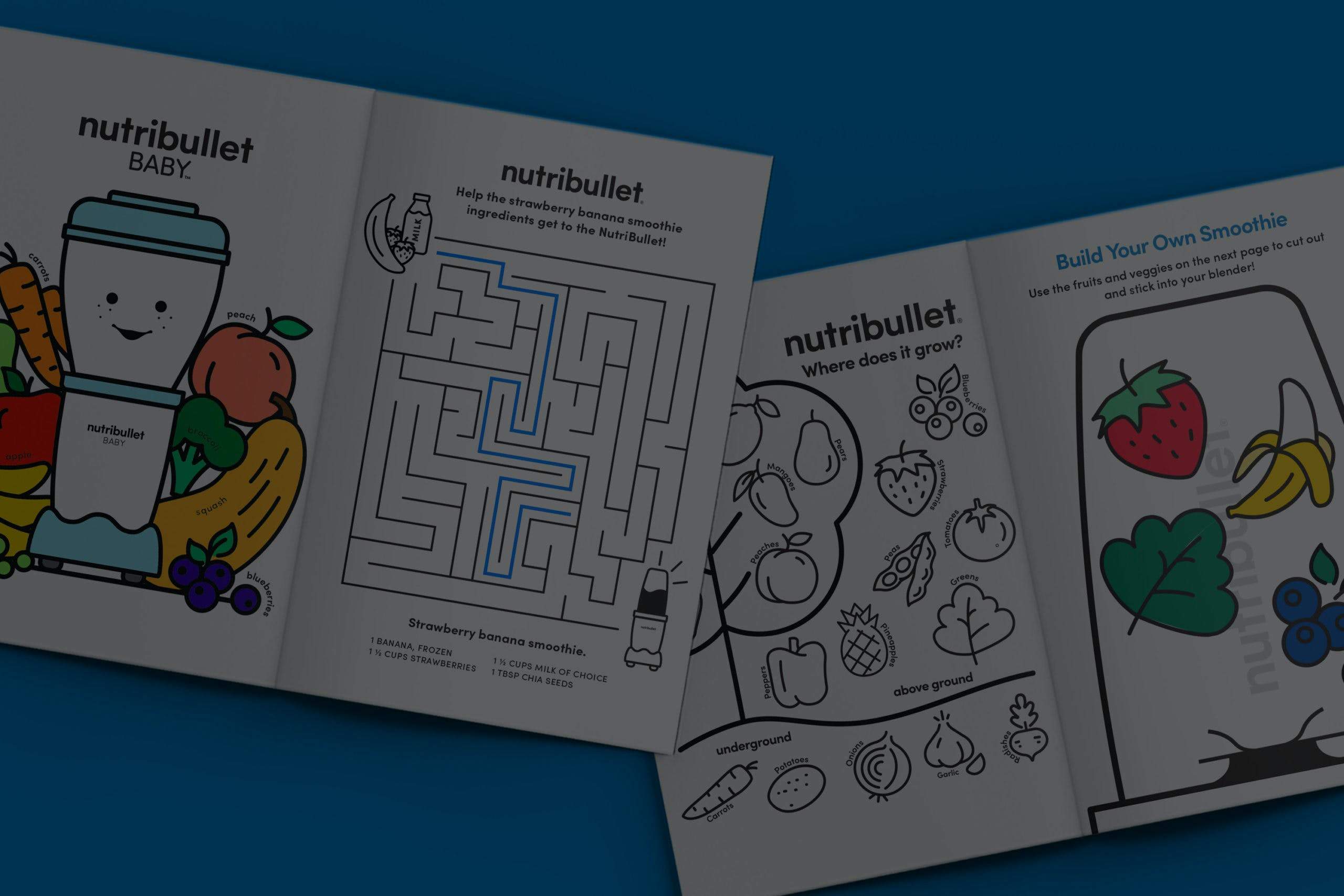Losing weight is the most popular New Year’s resolution, so it’s no surprise that people are constantly looking for different ways to slim down. Intermittent fasting is a relatively new technique on eating that’s touted as an effective way to lose weight, improve brain function, regulate blood sugar levels and even improve longevity. In a nutshell, it’s a schedule of eating that cycles between eating regularly and not eating at all for periods of time, otherwise known as fasting.
Intermittent fasting is not considered a diet but rather a “schedule of eating”. In fact, the only guidance regarding food is to eat whole and natural foods. There are a number of ways to go about this eating pattern such as fasting for 24 hours twice a week or simply fasting from early evening to early afternoon, combining the fast with exercise, once per month.
Short-term fasting is considered a natural human condition. Our hunter-gatherers ancestors used to do it all the time when they didn’t have enough food available, and many people still do it today for religious reasons.
Proponents of intermittent fasting claim that your body reacts to fasting at a cellular level. They explain that when we fast, fat is more readily accessible to burn, human growth hormones levels increase significantly and insulin sensitivity improves. These are all positive effects that lead to improved body composition.
There are three popular methods of intermittent fasting: the 16/8 Method, the Eat-Stop-Eat Method and the 5:2 Diet.
- 16/8 Method: You fast for 16 hours, then eat a meal. Afterward, you fast again for 8 hours.
- Eat-Stop-Eat: With this approach, you fast for a full 24 hours, dinner to dinner, and repeat this up to two times per week, but no more than that.
- 5:2 Diet: This involves two non-consecutive days of eating between 500 and 600 calories with a return to regular eating for the rest of the week.
There are other ways of going about intermittent fasting, but these are the most popular methods with the 16/8 Method being the most preferred practice.
While there aren’t a lot of conclusive studies on intermittent fasting and its long term effects on the human body, one study conducted in 2014 showed a significant amount of weight loss – up to 8 percent – over a 24 week period. All body composition measurements saw positive changes, including decreases in waist circumference and visceral fat, with minimal lean muscle mass losses.
Scientists concluded, however, that it was unclear whether it was from the act of fasting or from a total decrease in calories consumed during that time period.
We should all keep in mind that intermittent fasting, like many extreme weight loss solutions, is not for everyone. Plus, it’s still unclear whether or not the results are long-lasting. When weight loss is concerned, whatever method you choose needs to be maintainable in the long run, without depriving your body of essential nutrients and physical activity, for the purpose of overall health and longevity.
Before making major lifestyle changes or embarking on a weight loss journey, be sure to consult with your primary care provider or dietitian to develop a plan that works best for you.
Nutritional information
Recipe: Creamy Green Strawberry Dream Serving in this recipe:1
- Calories: 236.6
- Total Fat: 3.6 g 5.5%
- Saturated Fat: 0.4 g 1.9%
- Cholesterol: 0 mg 0%
- Sodium: 358.7 mg 14.9%
- Total Carbs: 45.7 g 15.2%
- Dietary Fiber: 9.9 g 39.4%
- Sugar: 22.1 g
- Protein: 8.1 g 16.2%
- Vitamin A: 481.9% Vitamin C: 244.1%
- Calcium: 68.5% Iron: 26.1%
* Percent Daily Values are based on a 2,000 calorie diet. Your daily values may be higher or lower depending on your calorie needs.





















